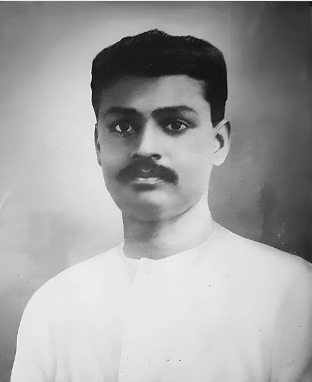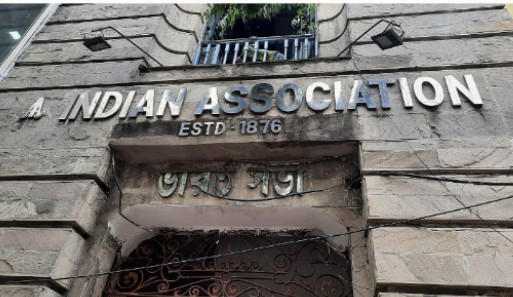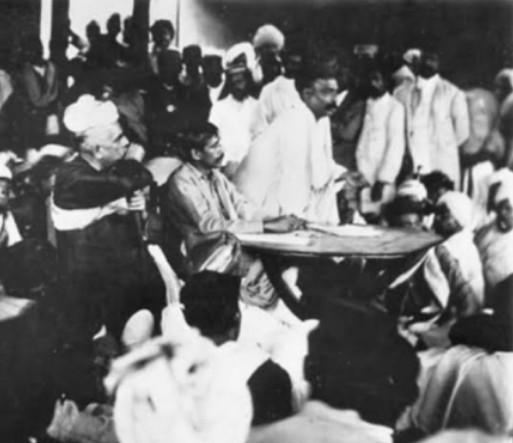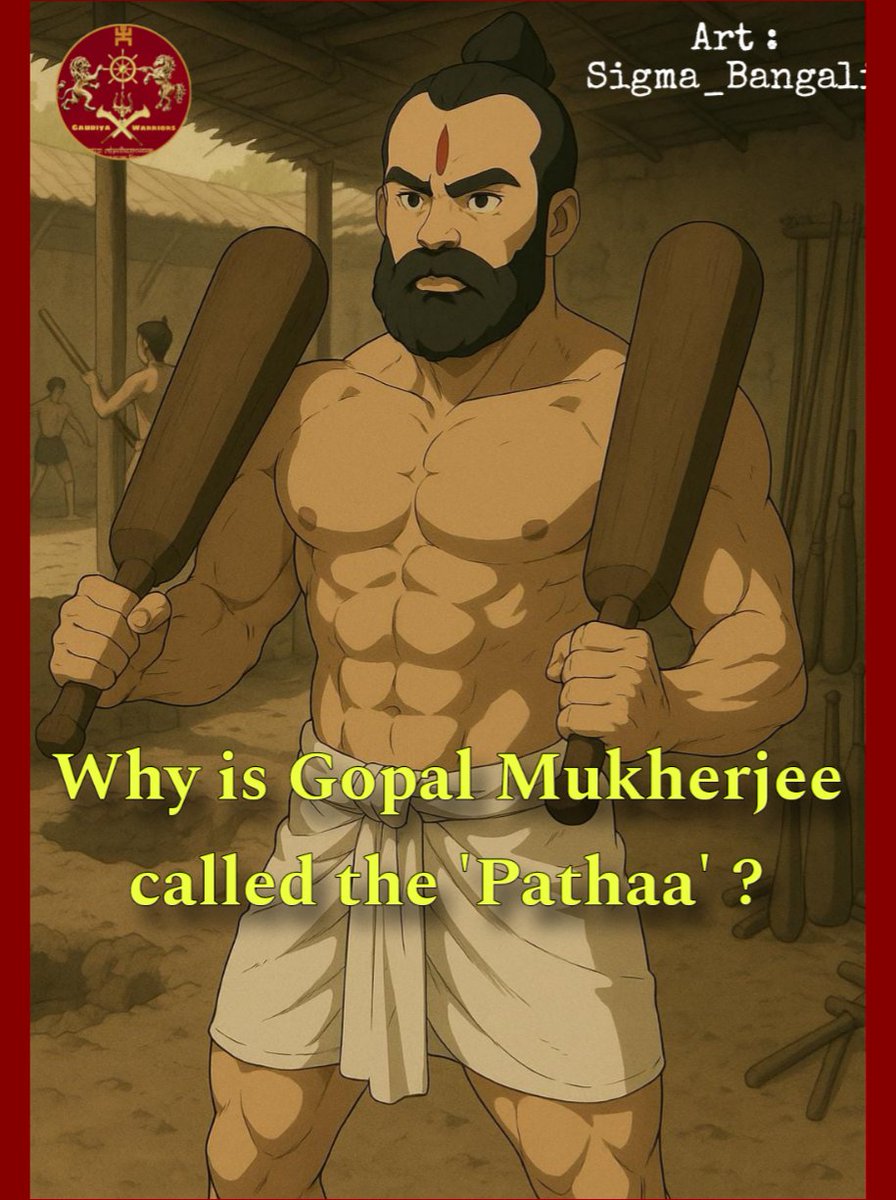Felis leo bengalensis proposed by Edward Turner Bennett in 1829 was a lion kept in the menagerie of the Tower of London. Bennett's essay contains a drawing titled 'Bengal lion'. In the 19th century, several zoologists described lion zoological specimen from other parts of Asia(2/ 

Whether it is various myths or ancient texts, the adverse forest of West Bengal comes up again and again. Traces of the ancient lion of Bengal are still found in the Sushuniya hills. There is also an ancient temple of Narsinghdev, which indicates the roaming lions (3/14) 



According to a report by the Zoological Survey of India, thousands of years ago, there were innumerable lions roaming the forests of Purulia, Bankura, Birbhum, Bardhaman & Paschim Medinipur. (4/14) 



In the Buddhist text Mahāvamśa, existence of lions in the country of Rarh [Lal-Ladh (Ladh in Tamil pronunciation) or Lal (in Sinhala pronunciation)]. There was a kingdom in Rarhbanga named Sinhapura (সিংহপুর/सिंघापुर) that's today's Singur in Hooghly, WB. (5/14) 







Mahāvamśa also mentions Princess Suppadevi left Vanga to seek an independent life & joined a caravan headed for Magadha, which was attacked by Sinha ("lion") in a forest in the Lala (Rarh) region of Bengal. Sinha was attracted to her and she caressed him, mindful of prophecy(6/14 

The Bengali Prince Vijaya Singha of Sinhapura, had arrived in Tambapaṇṇī of Lanka in 22 April 544 BC with his 700 followers. He conquered Lanka defeating Yakshas, crowned as Monarch & named the island Sinhala. The Lion mark in Sri Lanka flag is from the lion totem of Rarh (7/14 







During the 16th-17th centuries in the dense forests of Birbhum, Bardhaman, Purulia, Bankura, various wild animals including lions used to roam. This is proved by the fact that Sinhapura or Singhbhum janapad of greater Rarh is the oldest of the modes. (8/14) 



In Thomas Roe's 'Travels of the Mughal Empire', it's mentioned that Ali Quli, the faujdar of the Mughal period, earned the title of Sher Afghan by hunting lions in the middle jungles of Bardhaman. (9/14) 

That is to say, there is evidence that there were lions in the average forest even in 1615 and at that time part of West Bardhaman and Birbhum including Lakshmannagar were called Shergarh Parganas under Mughal rule. (10/14) 

The river Sinharan is named after Singharanya forest in this region. The river Sinharan used to flow through this Singharanya channel. In other words, there is evidence that enough lions could be found in that area at that time. (11/14) 



Also WIKICHAMSOC also mentions in the inscriptions that the eastern part of Greater Bengal, that is the Rarha of the past, was also seen by the eighteenth century or the king of beasts. Later, deforestation and the extinction of gun hunters led to complete extinction (12/14) 



Moreover, in various ancient legends, the lion is closely associated with different places and characters of Bengal. The lion, for example, is closely related to the ancient Kajangal. Which is not the case with any other place in the country. (13/14) 

References -
Bennett, E. T. (1829). The Tower Menagerie, Comprising the Natural History of the Animals Contained in That Establishment; W.
2) Prehistoric Bengal'- Paresh Chandra Dasgupta. Page 52
3) Thomas Roe: Travels of The Mughal Empire.
(14/14)
Bennett, E. T. (1829). The Tower Menagerie, Comprising the Natural History of the Animals Contained in That Establishment; W.
2) Prehistoric Bengal'- Paresh Chandra Dasgupta. Page 52
3) Thomas Roe: Travels of The Mughal Empire.
(14/14)

• • •
Missing some Tweet in this thread? You can try to
force a refresh





















